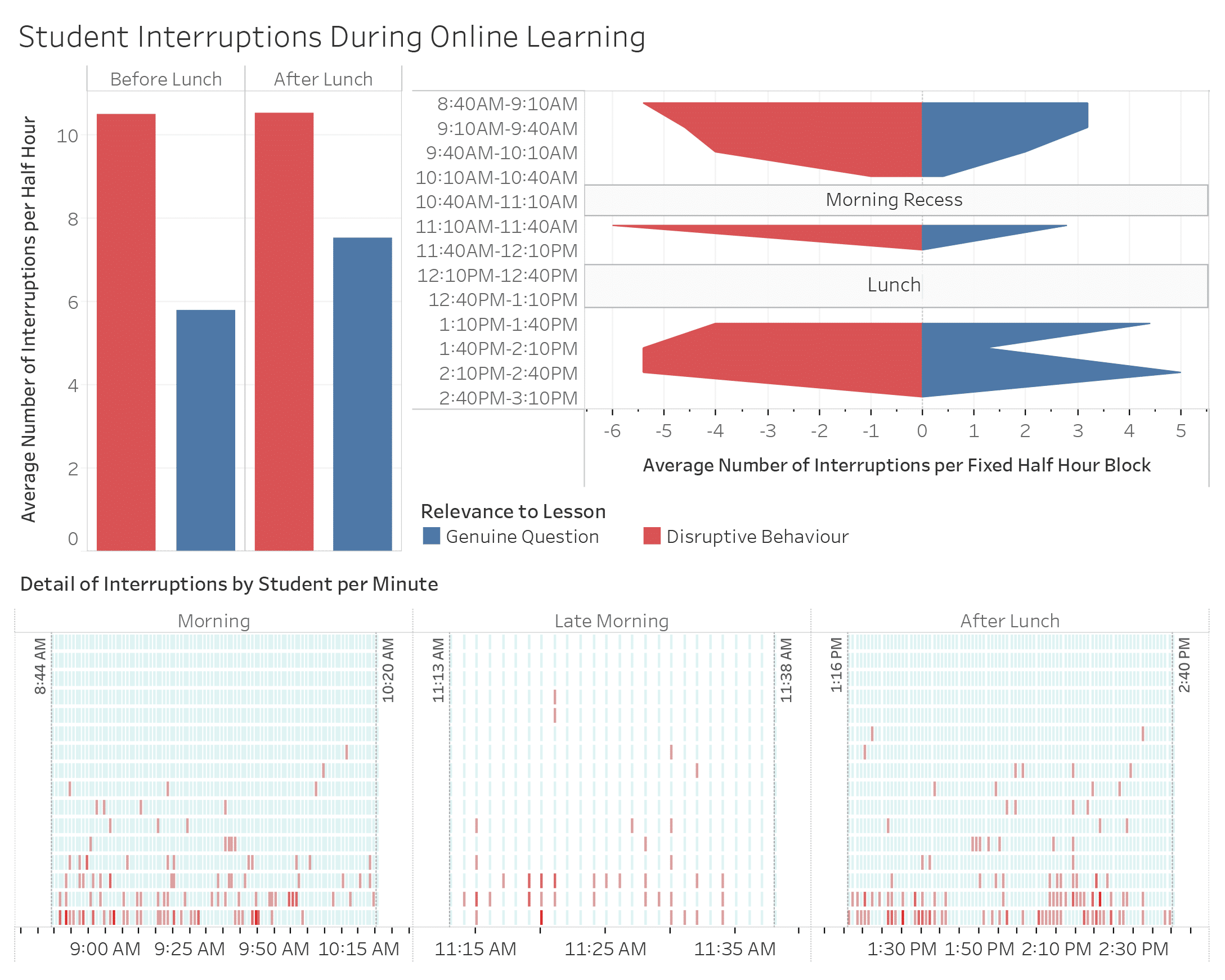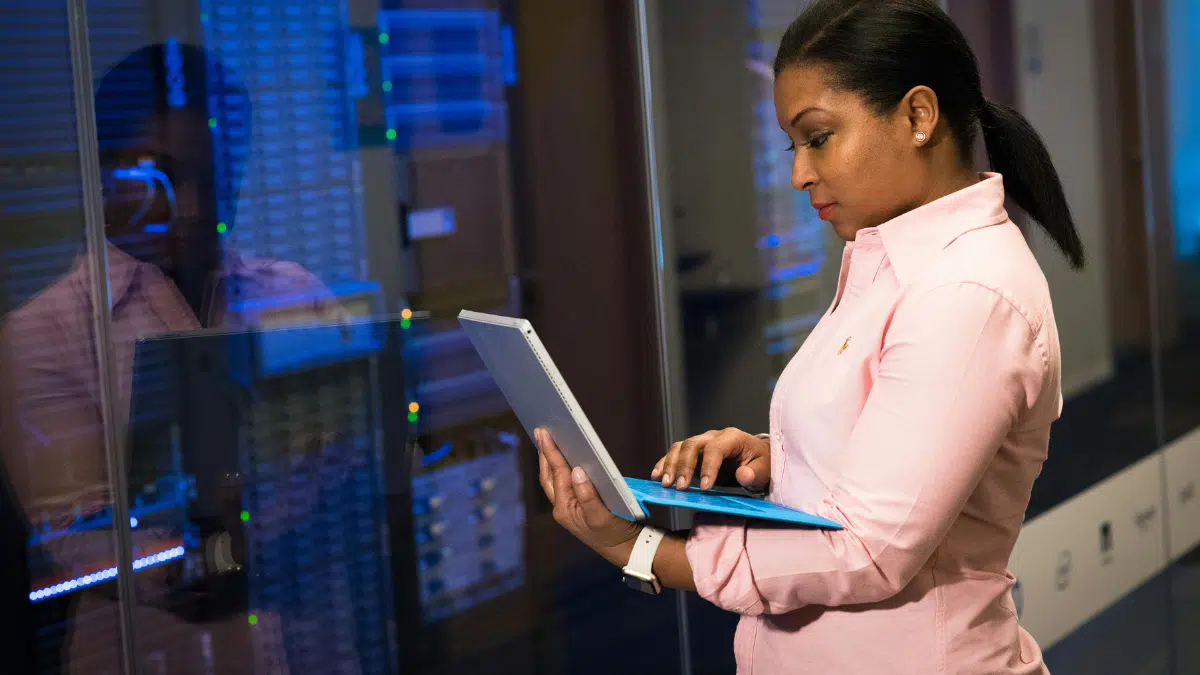
During the Covid-19 pandemic in Ontario, there was a recurring theme of extended school closures amidst wider regional or provincial lockdowns. A central player in the debate regarding best public health policies was the mental wellbeing of the Ontario youth. As most of us now know from first-hand experience, feeling isolated eventually becomes an immense burden for anyone to bear. When considering how children have essentially had their social circles excised from their world and had their daily routine in a perpetual state of flux, it is natural to wonder how they are managing with the little social contact they can get.
The above hypothesis leads to the questions of how one might assess the mental health of children on aggregate and how are they attempting to adapt. It seems plausible that public school teachers are witness to some of the most dramatic changes in the group dynamic by way of classroom behaviour. This is especially true with the prevalence of online learning throughout the past year. Correspondence through video calls do not offer the same access to nonverbal cues during an interaction. The issue is further exacerbated by the fact that youth are still developing their ability to recognize these cues and respond accordingly. This is especially an issue with primary-aged children where a significant portion of their education involves some degree of socialisation.
In an effort to understand and quantify the social impact of the pandemic shutdowns to date, we have acquired five school days’ worth of data regarding student interruptions during instructional periods. The data comes from a primary-aged public-school classroom during a stretch of online learning. For each of the 16 students, we have recorded the number of times they interrupted the class for each minute. Each interruption was classified by relevance to the lesson. We say an interruption is relevant, or a genuine question, if it is directly related to what is being taught at the moment. Otherwise, it is classified as disruptive behaviour. The connotation here is not meant to cast children in a bad light, but the adverse effects excess interruptions have on online class are inescapable.
The first of our three visualisations is a Gantt bar plot that shows each minute there was an interruption by a given student. We see that although most students interrupt at some point, the bulk of this behaviour is attributed to three or four students. Moreover, the two most frequent offenders account for more than half of all interruptions.
The second visualisation is a bar chart which shows the average number of interruptions per 30 minutes of instructional time. The interruptions are separated by relevance split into two groups based on time: before lunch and after lunch. The lunch break from 12:10PM to 1:10PM is the longest scheduled break during their day. The other is a 30-minute recess from 10:40AM to 11:10AM. When looking at the raw sum of interruptions, more were happening before lunch. However, after dividing by the total minutes of instruction, we see that the average behaviour is consistent throughout the day.
What is clear is that students are starved for attention. Although this trend is not unique to online learning, disturbances online are generally more disruptive to the whole class. The serial nature of interruptions on this medium, together with the fact that speaking during class online cannot be done discreetly, implies that to be social they must address the whole class. Our data shows that this happens more than once every 2 minutes.
The final visualization is a violin plot of average number of interruptions during pre-set 30-minute blocks. Note that this does not imply that there was instruction during any given block on each day. In fact, the schedule is on a weekly rotation. This has an effect of dampening the perceived impact, but it shows how behaviour varies throughout the day.
The efficacy of online learning is a separate matter that merits its own investigation. What we present here is a clear indication that children need to feel connected to their friends and teachers. The classroom is more than just a space for learning government-mandated curriculum; it is a community built by young people with the guidance of their teachers where they all have a voice and get to connect with their peers.





